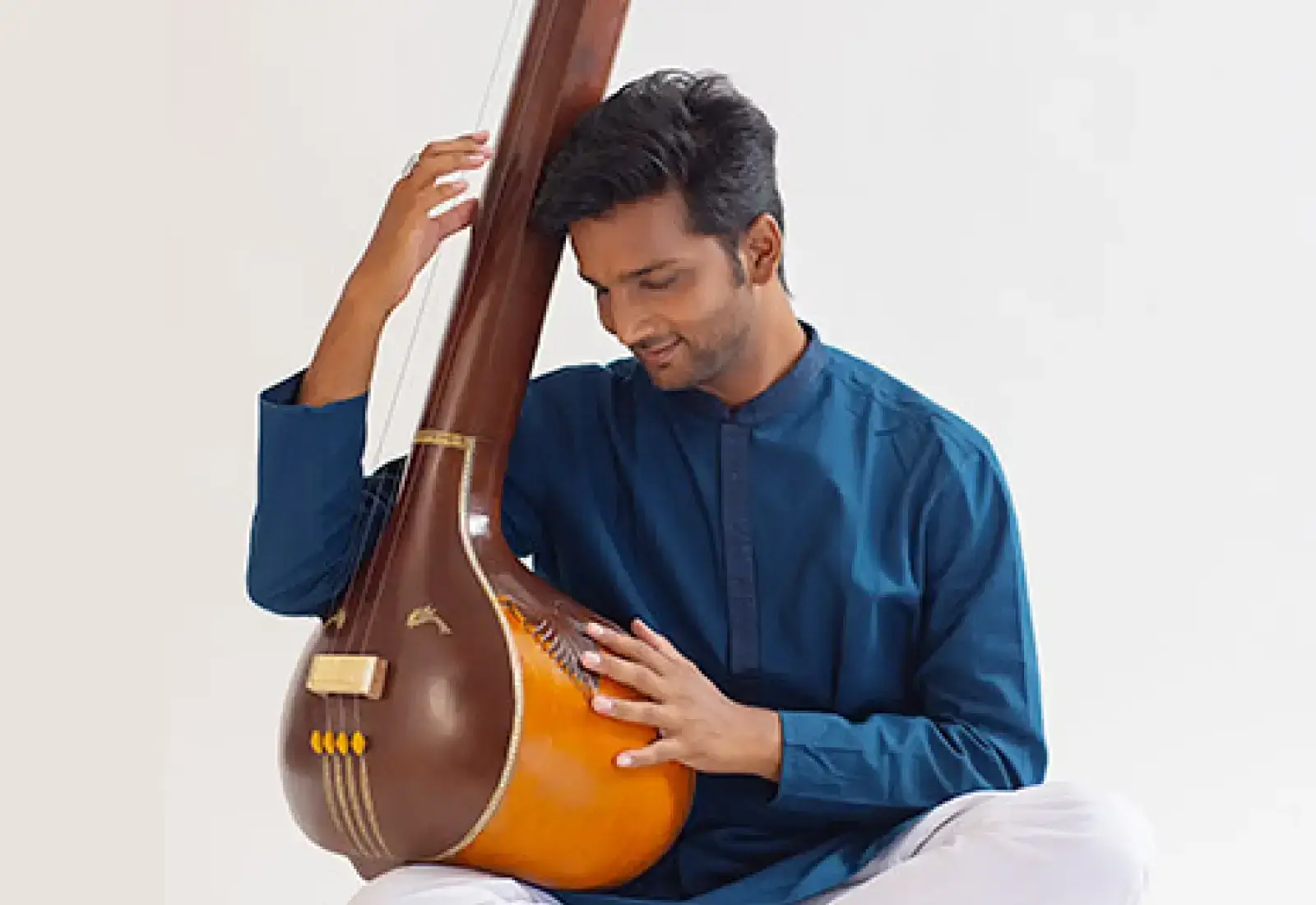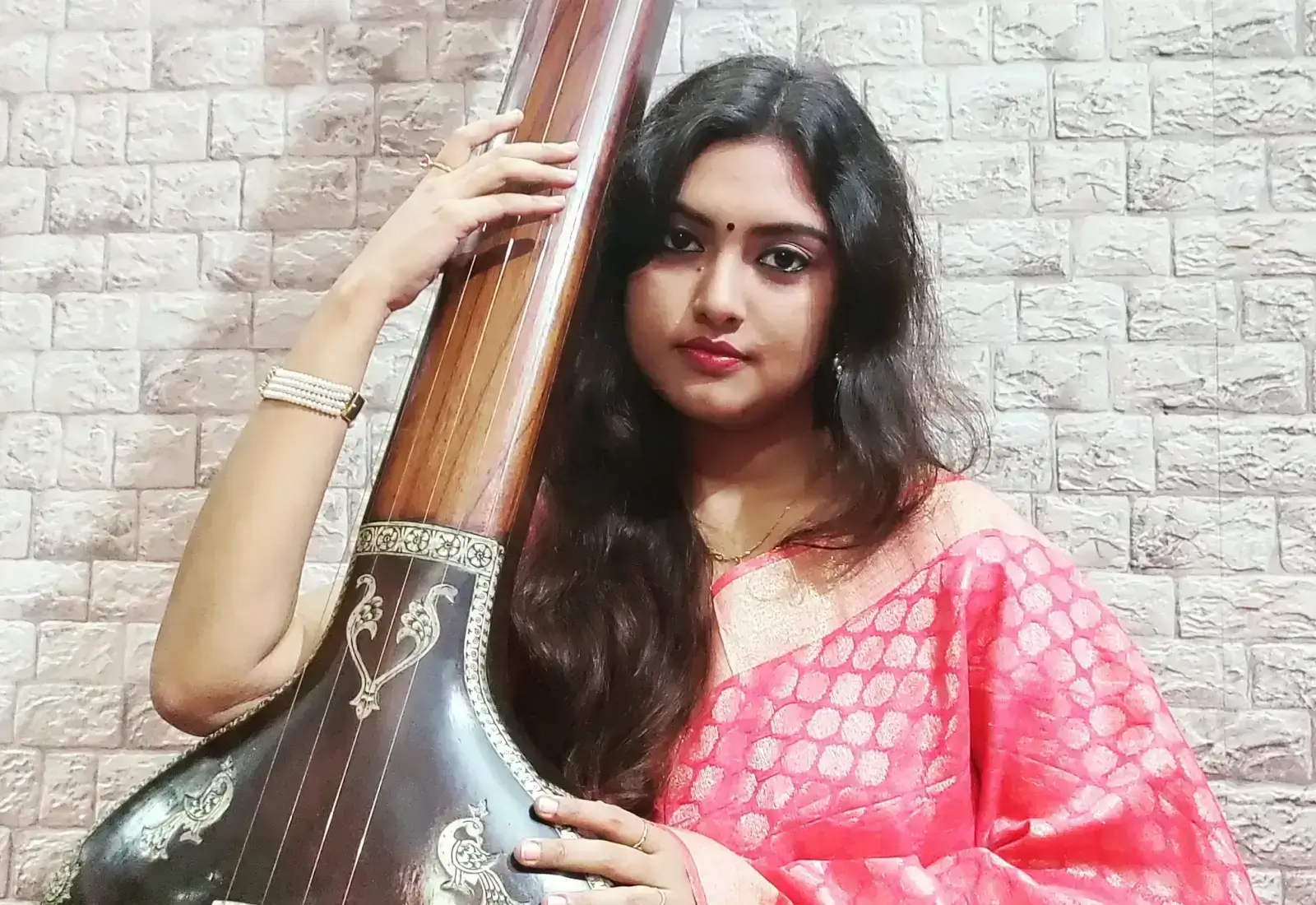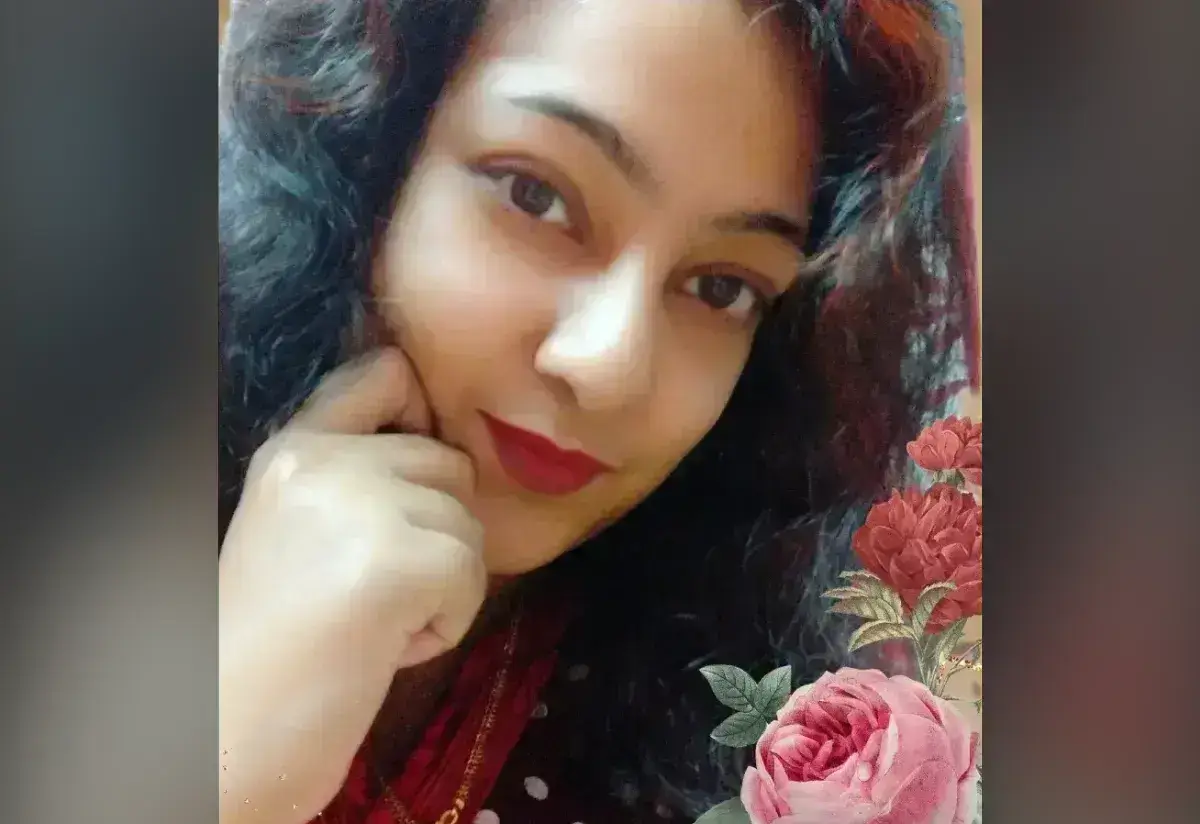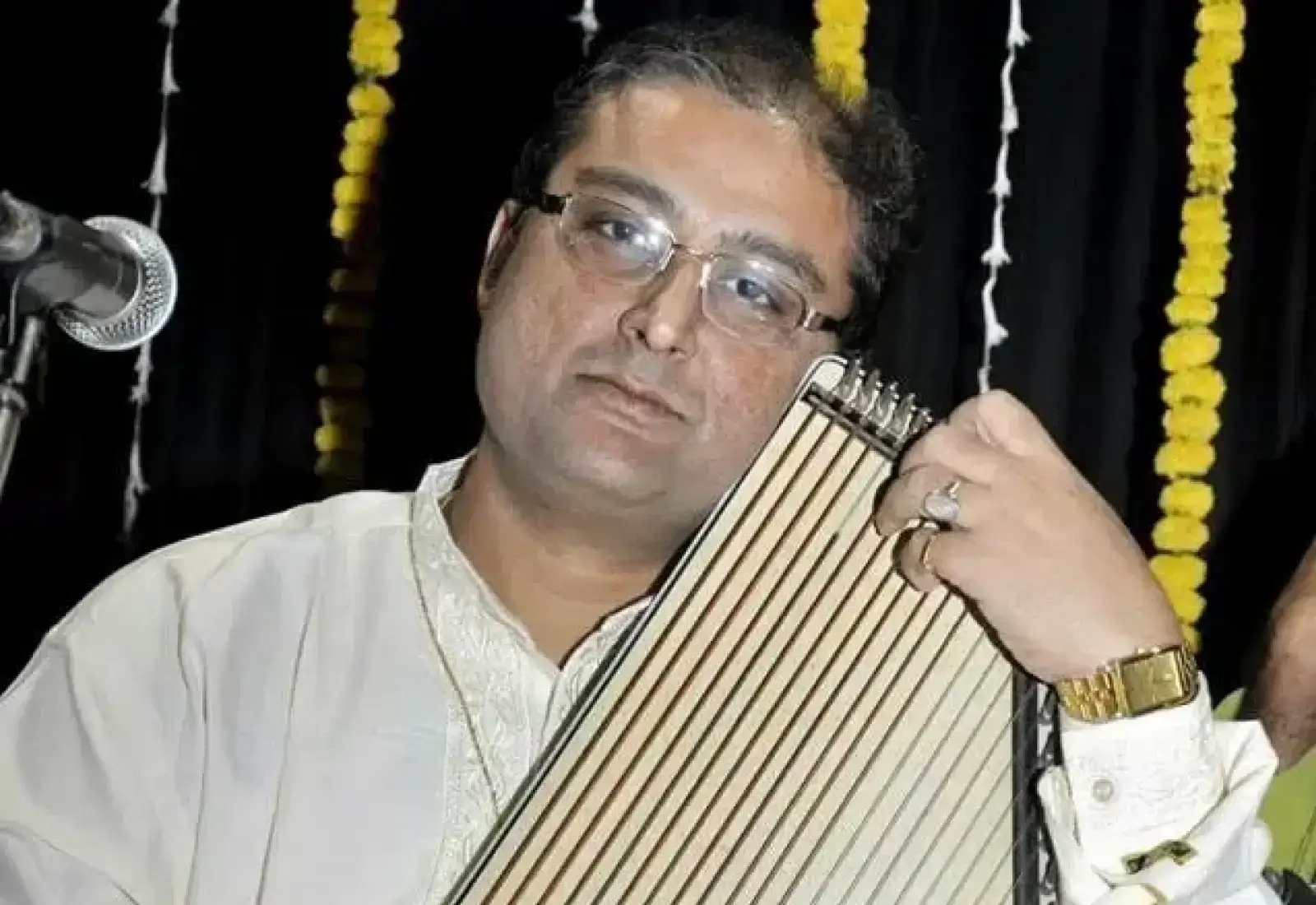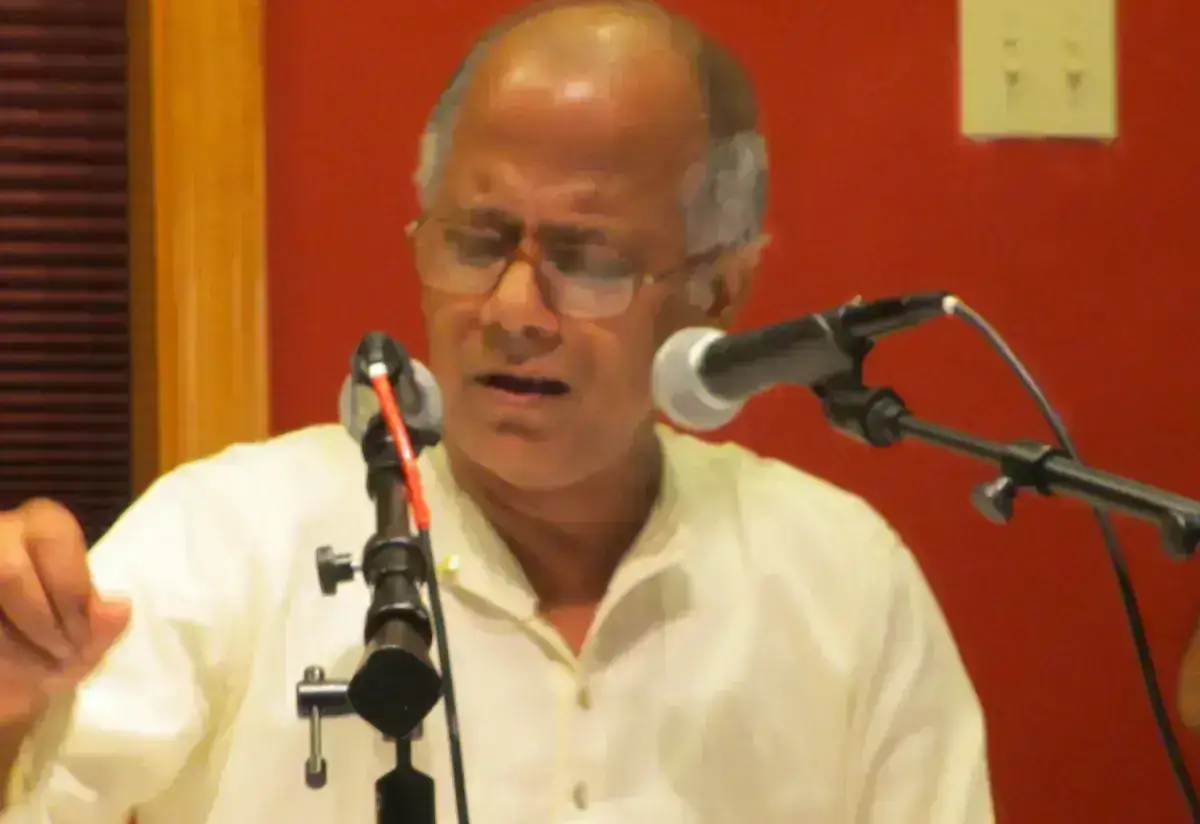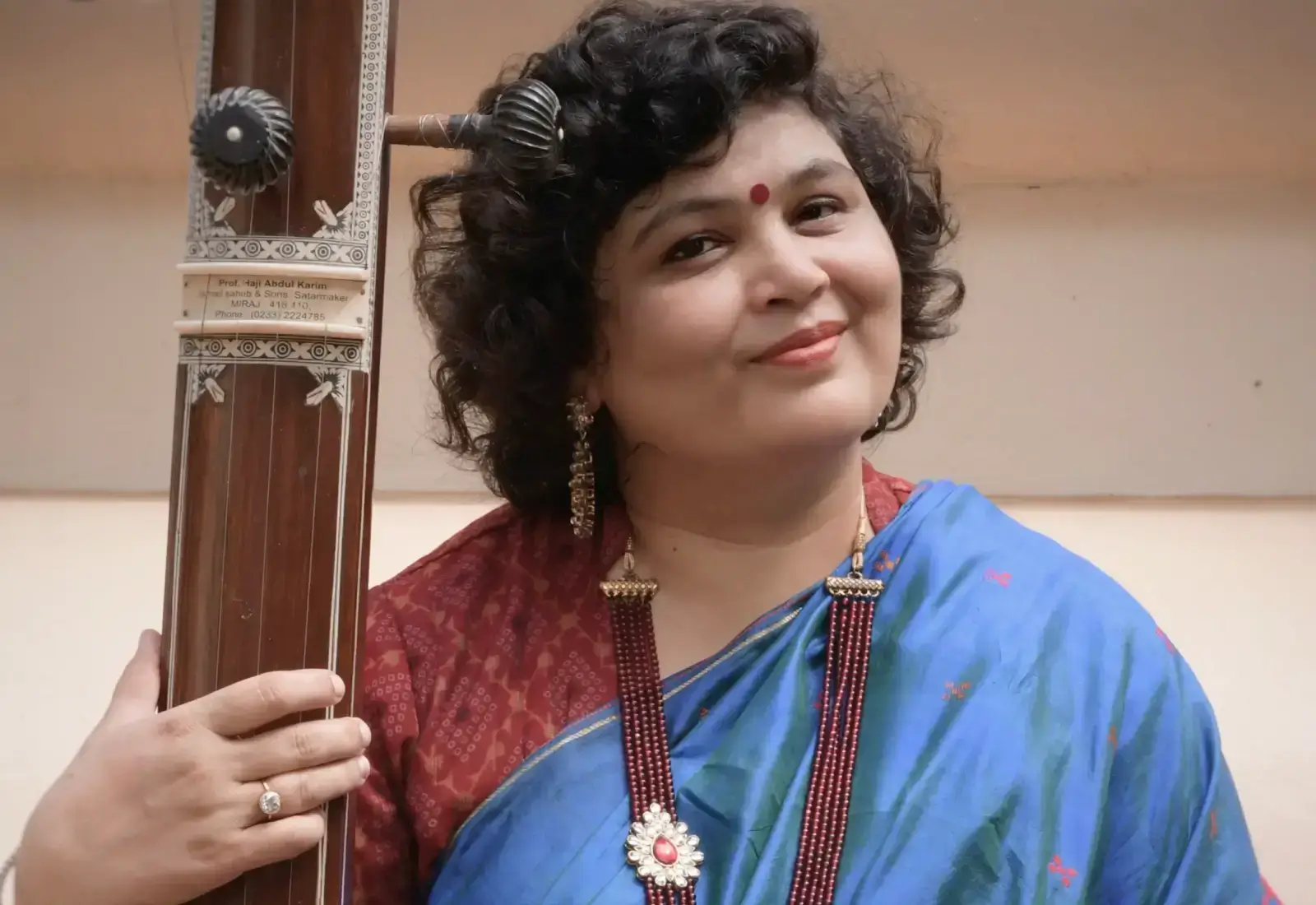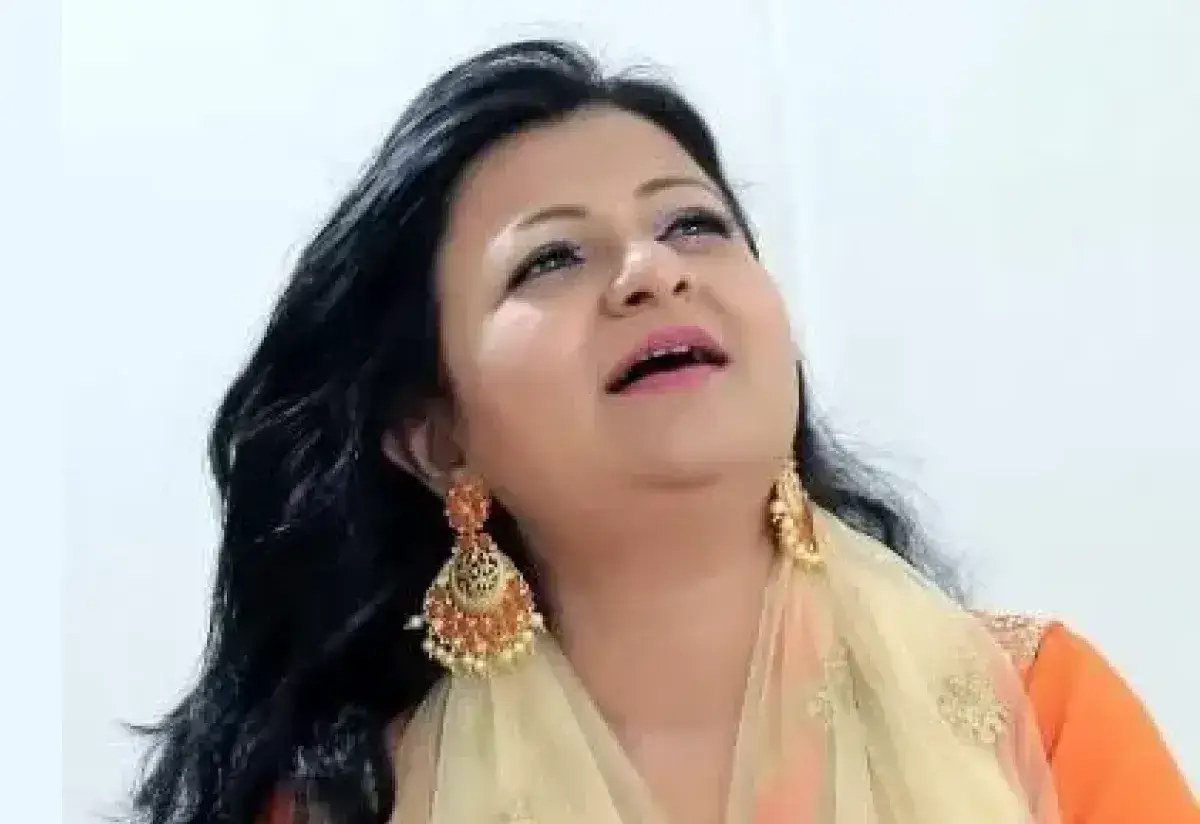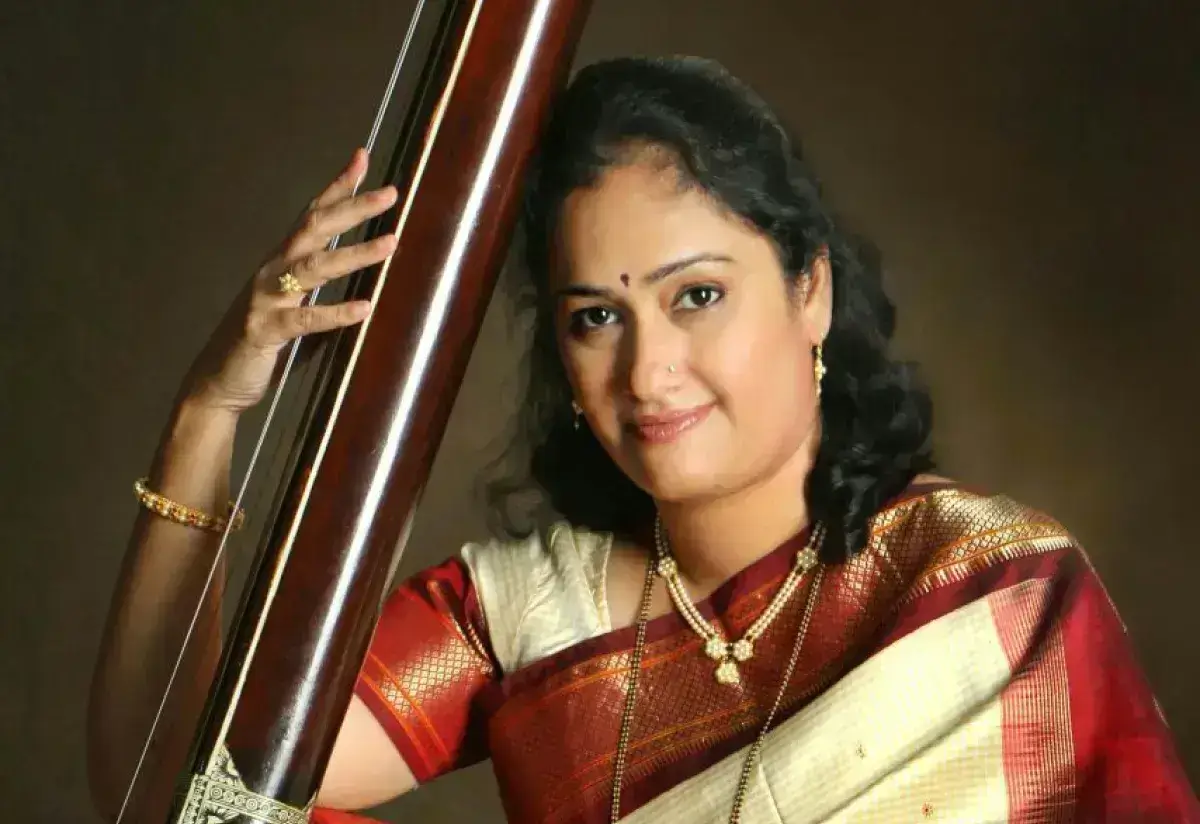Khayal Gayaki - The Traditional Facet of Hindustani Classical Music
India - the land of diverse culture, rich heritage, and multiple ancient communities, has a lot to offer when it comes to its vibrant history.
This is true especially in terms of the gamut of musical genres it hosts, as the land of traditional, cultural music.
Hindustani classical music is one such genre in Indian classical music, that has had a very deep, eclectic past and present.
One that is full of traditions, dedicated instruments, and singing styles.
Out of these, the ancient tradition of Khayal Gayaki, or Khyal Gayaki is one such type of musical performance that has influenced many Hindustani musicians.
But what is Khayal/Khyal Gayaki?
Read on as we break down this ancient Indian musical genre that has been around since the 17th Century.
What is Khayal Gayaki?
Khayal, which in Hindi, means thoughts and in Persian means lyric, is considered one of the most important singing aspects and styles to pick up in Hindustani music.
Gayaki stands for singing in Hindi as well as Arabic.
Simply put, Khayal Gayaki is the art of interpretive singing - one that has no definite style, speed, pattern, or text.
A long-form, continuous-paced singing that is performed by the singer, Khayal Gayaki is the rendition of Ragas.
It is one of the few musical traditions that depend solely on the performing vocalist.
Khayal is also accompanied by musical instruments like the Tabla and the Indian Flute, also known as the Tambura (in Indian classical music terminology).
It is also important to remember that Khayal Gayaki is performed in the ascending (aroh) as well as the descending pattern (avaroh) of a Raga, in a cycle of continuous rhythm.
These are known as talas.
These talas are aligned to thekas - repeated patterns of music that are performed by the accompanying musician.
The Origin Story Behind This Music Genre
Most of Khayal Gayaki’s form emerged from Dhrupad, a style of devotional and traditional singing that was performed in Mughal courts.
According to Wikipedia, Khayal was a style that evolved from Dhrupad, mainly during the Mughal rule.
The Sultans ruling in North India during that period were the ones who introduced Dhrupad Singing in their courts, impressed by Hindu court musicians who practiced them.
This gradually led to the foundation of Khayal Gayaki as a musical genre in the 17th century - mainly through the famous Dhrupad court musician Sadarang.
Sadarang was a court musician in the court of Sultan Muhammad Shah, and he was known and acclaimed for a specific reason - he was the descendant of the music legend Tansen.
Sadarang’s singing style included a lot of devotional Hindu devotional music where he included the musical techniques of Sufi music and Qawwali - despite being categorized as a Dhrupad singer.
His singing as well as the accompanied music was different - inspired by both Dhrupad singing with middle-east and Persian influences.
It is Sadarang’s unique blend of music during this period, that inspired many musicians to spin their own renditions from the same performing style, leading to the birth of Khayal Gayaki.
The introduction of Khayal Gayaki as a musical genre is, however, credited to the Sultans of Jaunpur in the 17th Century.
In particular, Sultan Mohammad Sharqi and Sultan Hussain Sharqi were small district rulers who were under the rule of the Mughal emperor Babur.
These district rulers are the ones who started introducing Khayal Gayaki.
Performed on royal occasions and courts, Khayal Gayaki was considered to be extremely dreamy and romantic - consisting of several odes to love stories, emotions, and feelings.
Khayal Gayaki was also the most popular choice among Mughal musicians and this reflects the preference of the listeners too, in those days.
It is said that during the rule of Shah Jahan, the last Mughal Emperor in India, the troupe of royal court musicians included specifically qualified Khayal singers too.
Hailing from a hereditary line of musicians, these singers were also known or called the Khayaliyas.
They were solely and specifically trained in this musical genre, knowing every facet of the singing style and genre from the time they were born.
Gradually, as time passed, the Khayaliyas of the mid-18th century also came from those musician families who specialized in either the musical genre Khayal, Dhrupad, or Qawwali.
With the passing of time and the advent of the 19th and 20th centuries, these families and their lineage of Khayaliyas evolved their musical styles.
And steadily, this musical genre grew its importance, making it the predominant vocal genre in Hindustani Classical music.
The Structure of Khayal Gayaki
Khayal Ghayaki can be performed in two different fashions - one is the Bada Khayal and the second is called the Chota Khayal.
Let’s break down these two styles first, starting with the Bada Khayal.
Bada Khayal is a long-form tune, that is performed on a very slow, prolonged tempo by the vocalist.
It is also called the Vilambit Taal for the very same reason (Vilambit stands for long or lengthy in Sanskrit).
Bada Khayal is also compared to the practice of Alaap - a sort of vocal exercise that Hindustani Classical singers practice, where they enunciate their notes one by one in a single breath.
Chota Khayal is comparatively a tune that is shorter in duration but is performed on a faster tempo by the singer.
It is also termed the Dhrut Taal, where the term Dhrut stands for fast/speedy in Sanskrit.
The basic melodic structure of a Khayal, which is the raga that is being sung, serves as the main framework around which performers improvise.
Sometimes, it is the style of singing and enunciating that the singer tries to add his/her twist in.
At other times, the singer presents the Khayal in a simple, unadorned form, contrasting the regular kind of singing, which comes with fixed compositions and style.
Some Taals that are performed in Bada Khayal and Chota Khayal, include - Teen Taal (16 beats), Jhumra (14 beats), and Ek Taal (12 beats).
Taal is the scale and the tempo at which the particular kind of Khayal is being sung.
Khayal Gayaki is performed in three parts: in the Mukhada (lower octave), the Madhya Sthan (the middle octave), and the Antara (the upper octave).
The way this style is sung usually has a rise, followed by a steady pace, and then a dive into lower tones.
In Bada Khayal, the emphasis is the most on the Antara and the least on the Mukhada - in a slow tempo.
Whereas in Chota Khayal, there is an equal, short emphasis on all three parts - in a faster tempo.
Reference Texts for This Music Genre
Khayal texts can be of a variety of types, ranging from historic poems to contemporary creations by musicians or patrons.
Their subjects can be from topics like advice, religious devotion, Hindu deities (e.g., Krishna), praise of patrons, or descriptions of seasons. Love, both divine and human, is a common theme.
Although the Bada Khayal is different from the alaap (singing basics and practice) of other forms in the Hindustani sangeet paddhati (tradition), some similarities remain.
The Roopak Alaapti is an alaap-like version of the Bada Khayal, sung to the pre-existing musical form of the Raga.
Most of the musical attention in Khayal Gayaki’s reference text focuses on the various kinds of Taan.
Taans are fast melodic figures of a vocal nature. They allow the vocalist to stretch the taal or the Raga.
Some examples of these figures include Akar Taans, Gamak Taans, and Bol Taans.
A number of these improvisations called bols are common to both Khayal and Dhrupad.
The use of the bols is for purposes of rhythmic play, also known as lehekaari.
The great Indian tradition of Hindustani classical music gradually blossomed into a new flower of many hues and great fragrances following the basics and path laid down by Dhrupad music.
This metamorphosis into Khayal Gayaki was gradual but essential to the present state of this age-old music style and genre.
Keep this tradition alive by enrolling under some of the best Hindustani Classical music exponents on ipassio.


